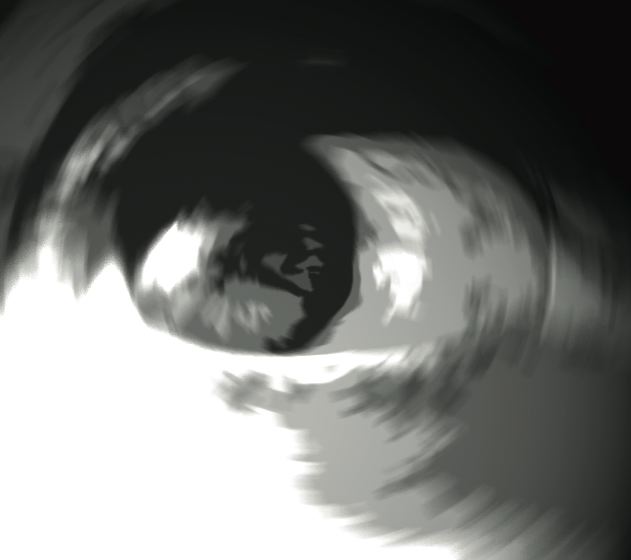


















La Peña is a big basin, a savannah like region, part of the Salas province, in the back country of Chiclayo. It is certainly a most fragile ecosystem. It's vegetation is here in it's majoriy, like in so many other regions of northwestern Peru, a remnant of the 1998 Phenomenon of El Niño, except for the capparis angulata, called "sapote", a tree which grows very slow, one could say, with almost no water, and is very appreciated for its wood to make handicrafts. Very common are also cactae, which form unique symbiosis with prosopis and capparis species, here especially the raimondi gigantae. Then those spiny trees with striking green stems, the Cercidium praecox, also Cordea Luthea (yes, it's "my" tree), with it's yellow flowers, beautifully contrasting with the aridity of the landscape, as well as Bursera graveolens, known as "Palo Santo", which spreads an incredible smell, like myrrh. For moments I couldn't help but feeling lost somewhere in the plains of Africa.
Now, should the agro-industrial project "Olmos", widly and wildly promised in the region, become a reality, La Peña, and with it, thousands of hectares of dry forest will be smashed and flattend by whole fleets of bulldozzers to give way to huge esparragus fields or artishock fields or paprika fields or whatever product is up in the market -whatever it may be, this mega project which shall cover 3 departements obeys to the patterns of distorted mentality of unsustainability. The responsibles calculate that the construction (mainly the building of a tunnel through the Andes to bring water from the Rivers Huancabamba, Tabaconas und Manchara to the coast) will take at least 10 years. The works have started 3 months ago. Once finished, there should be enough water, so they say, to irrigate 40'000 hectares, produce energy for 600 megawatts and create 80'000 jobs. Why is it, that these kind of mega-projects are so suspiscious? But then, in ten years a lot can happen...































































